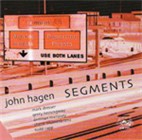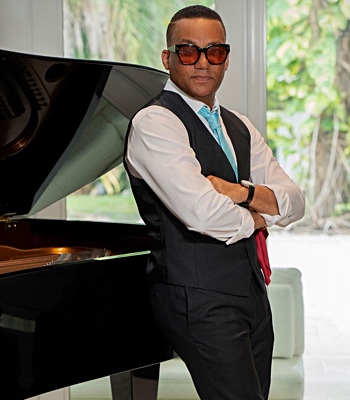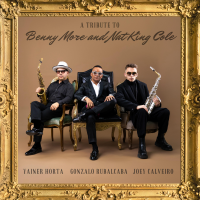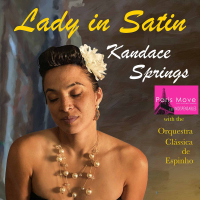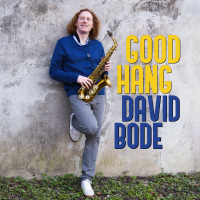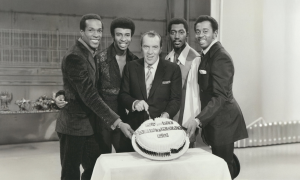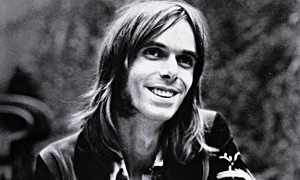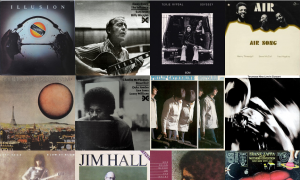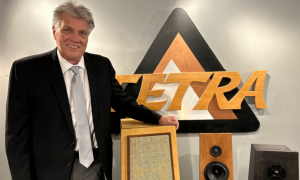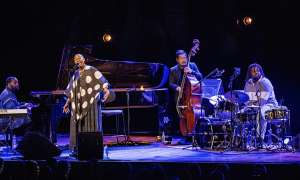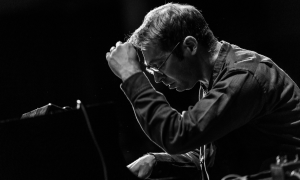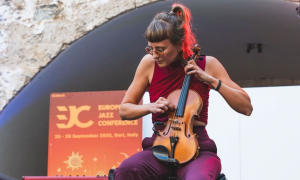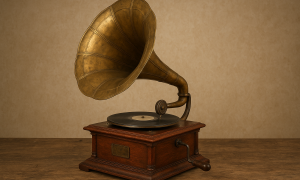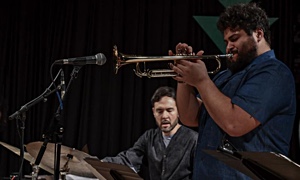Home » Jazz Articles » Film Review » Ellyn Rucker: Live in New Orleans
Ellyn Rucker: Live in New Orleans
 Ellyn Rucker
Ellyn RuckerLive in New Orleans
Leisure Jazz Video
2005
If you're unfamiliar with Denver-based Ellyn Rucker, prepare yourself for a revelation. Line up the best of the current crop of female jazz vocalists, and Ellyn has to be among them. Do the same with pianists. The line thins out, but Ellyn is still there. Now do the same with singer-pianists. She has few if any peers.
You would think that the current popularity of Diana Krall would at least "rub off" on equally deserving pianist/singers such as Ellyn (or Chicago's Judy Roberts or the scintillating Dena DeRose), but it comes down to promotion, and the major labels have never been more cautious about promoting jazz. All the same, the listener who seeks out this admittedly scarce 1992 session will be amply rewarded. Unlike some music videos, the audio track has closeness and presence, along with full-frequency fidelity and carefully balanced sound. Because the filmmakers have made sound the priority, the camera set- ups are never manipulative or intrusive. The shots go where the music takes them (no close-ups of the bassist's face during a piano solo), and cutting is held to a tasteful minimum.
The setting is Lulu White's Mahogany Hall in New Orleans, but the sounds are more reminiscent of Bill Evans' trio than of Bourbon Street jazz. Ellyn initially holds back on the singing, leading off with three strong, extended piano improvisations. On the opening "Beautiful Love" the striking blonde (whom jazz vocalist Mark Murphy once compared to Kim Novak) immediately invokes the spirit of Bill Evans with her song selection, harmonic substitutions and left-hand voicings, and urgent, building right-hand melodic explorations. Percussionist Jill Fredrickson matches the leader's intensity, moving from deft brush work and a two-beat feel to sticks and an explosive, driving 4/4, propelled by crisp traps and flowing ride cymbal (the presence of another woman in the rhythm section made an immediate visual impression on a coed class for whom I recently screened the video). Bassist Mark Singer rounds out the group and is a superb "walker" as well as a full-toned, versatile solo voice.
After a jazz standard (John Carisi's "Israel,") and a little-known blues ("Take the Coltrane," sketched by Ellington for his recording session with John Coltrane), Ellyn complements her piano chops with vocals that are sultry, seductive, and dead on pitch. On "Wonder Why" her voice is like the addition of a horn to the trio, leading to perhaps the most grooving moments of the set. Next, two songs about spring make for a particularly happy pairing: the ballad "Spring Can Really Hang You Up the Most" and Freddie Hubbard's waltz "Up Jumped Spring," the latter featuring Ellyn singing lyrical scat in unison with her melodic piano lines. The set ends with a rollicking, infectious calypso, "Fungi Mamma."
Of the dozens of jazz videos I've used in the classroom, this is one of the most successful—as aesthetically satisfying as it is pedagogically effective. And for those listeners who, like me, had never heard of Ellyn Rucker all these years, getting a good look at her should help fill the void. The poet William Blake had something like that in mind when he wrote, "The eye can see more than the heart can know."
Track listing: 1. "Beautiful Love", 2. "Israel", 3. "Take the Coltrane", 4. "Wonder Why", 5. "Things Ain't What They Used To Be", 6. "Spring Can Really Hang You Up the Most", 7. "Up Jumped Spring", 8. "Fungi Mamma"
Personnel: Ellyn Rucker, piano and vocals; Mark Singer, bass; Jill Fredrickson, drums
Visit Ellyn Rucker on the web.
Tags
PREVIOUS / NEXT
Support All About Jazz
 All About Jazz has been a pillar of jazz since 1995, championing it as an art form and, more importantly, supporting the musicians who make it. Our enduring commitment has made "AAJ" one of the most culturally important websites of its kind, read by hundreds of thousands of fans, musicians and industry figures every month.
All About Jazz has been a pillar of jazz since 1995, championing it as an art form and, more importantly, supporting the musicians who make it. Our enduring commitment has made "AAJ" one of the most culturally important websites of its kind, read by hundreds of thousands of fans, musicians and industry figures every month.




